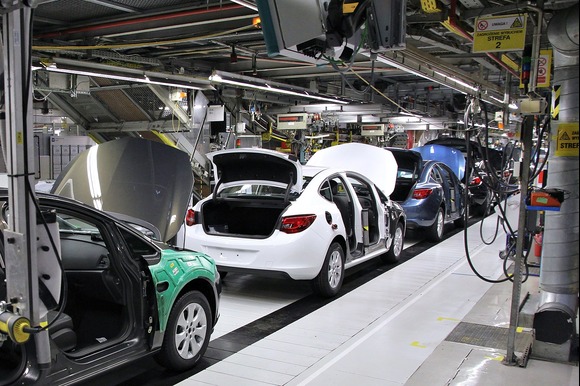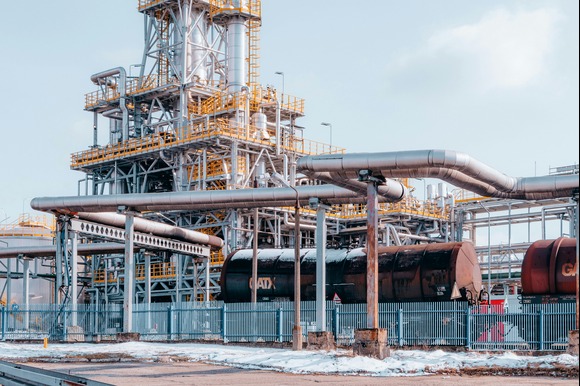
By Marek Slusarczyk
Sales of British-built cars to the United States increased in July, boosted by the recently introduced UK-US tariff agreement.
Exports rose by 6.8% after three consecutive months of decline, according to data released by the Society of Motor Manufacturers and Traders (SMMT). The recovery followed months of turmoil sparked in April when US President Donald Trump raised import duties on UK-made vehicles from 2.5% to 27.5%. The steep hike caused significant disruption across the industry, with some manufacturers halting shipments.
In May, however, the UK and US governments reached a compromise, agreeing to reduce the tariff to 10% beginning at the end of June. July’s export figures, the SMMT said, clearly demonstrated “the impact of this deal,” though the group cautioned that the wider UK car industry continues to face considerable challenges.
“The US remains the largest single national market for British-built cars, underscoring the importance of the UK-US trade deal,” the SMMT noted.
Limited relief under the agreement
The tariff concession applies only to the first 100,000 UK-manufactured cars exported to the US each year—roughly equivalent to the volume shipped in 2024. Any vehicles beyond that threshold will still be subject to the 27.5% rate, limiting the scope of the agreement’s benefits.
In July, the US accounted for 18.1% of all UK car exports. By contrast, the European Union remained by far the largest destination for British vehicles, representing 45.6% of total shipments.
Colleen McHugh, chief investment officer at Wealthify, emphasised the significance of the US market, especially for premium British brands. “It is a key market for premium brands like Jaguar Land Rover (JLR),” she said.
JLR, one of the UK’s biggest carmakers, temporarily suspended exports to the US in April in response to the sudden tariff surge. Shipments resumed in May after the agreement was reached, allowing the company to take advantage of the reduced levy.
Output still in decline
Despite the July rebound, UK car production remains under pressure. Overall manufacturing climbed for the second month in a row, supported by stronger domestic demand as well as exports. Yet industry-wide output for 2025 so far is still down 11.7% compared with the same period last year—a figure that includes both passenger cars and commercial vehicles.
Last month, UK car production fell to its lowest level since 1953, reflecting deep-rooted challenges. Experts cite a combination of factors behind the slump, including higher labour costs at home, stiff competition from overseas markets, and the lingering impact of Brexit on supply chains and investor sentiment.
“Turbulent time” for the industry
Mike Hawes, chief executive of the SMMT, welcomed the July improvement but stressed the volatility of the sector. “It remains a turbulent time for automotive manufacturing, with consumer confidence weak, trade flows volatile and massive investment in new technologies underway both here and abroad,” he said.
“Given this backdrop, another month of growing car output is good news.”




